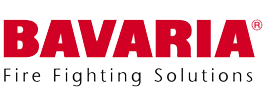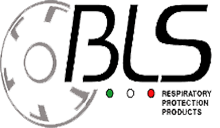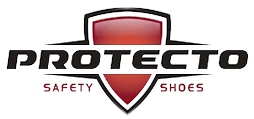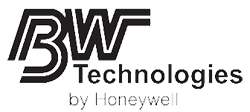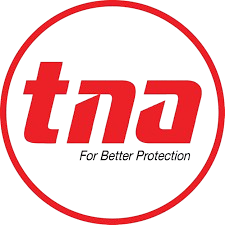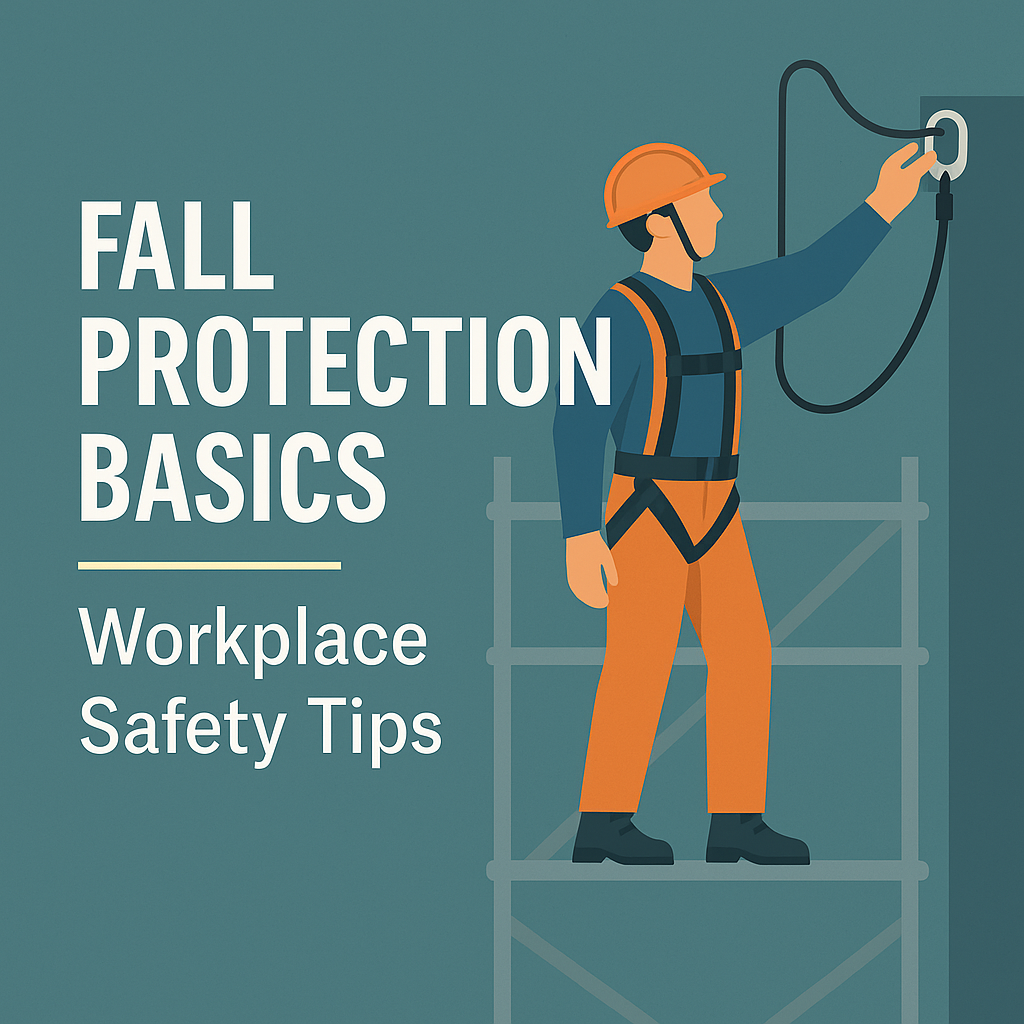Working at heights isn’t something to take lightly. One wrong step could lead to serious injury or worse. That’s why fall protection is so important. It’s not just about having the right gear; it’s about knowing how to use it and understanding the risks around you. With the right safety gear and a few smart habits, you can stay safe on the job and go home healthy every day.
Fall protection goes beyond strapping on a harness. It means recognizing hazards, following safety procedures, and using your equipment the right way. Once you understand the basics, preventing falls becomes much easier—and a lot more effective.
Understanding Fall Hazards
Before you can protect yourself, you need to know what you’re protecting against. Understanding what causes falls and how serious they can be is the first step in staying safe.
Common Workplace Fall Risks
Most falls don’t come out of nowhere—they usually happen because of small things that are easy to miss. Wet or slippery floors, missing guardrails, and unmarked edges are common trouble spots. Tripping over clutter or uneven surfaces can lead to serious accidents.
Ladders and scaffolding are also risky when they’re not set up correctly. Always make sure they’re on solid ground and have been inspected.
Even something as simple as an extension cord or a tool left on the floor can be a hazard. Keeping your work area clean and organized goes a long way in preventing falls.
Consequences of Falls
A fall from just a few feet up can cause serious injuries like broken bones, head trauma, or even death. In many cases, people end up with long-term issues that affect their ability to work and live normally.
But the impact isn’t only physical. Medical bills, lost income, and time away from work can cause stress for you and your family. Your team also feels the effects—projects may be delayed, and coworkers carry more weight.
Regulatory Standards for Fall Protection
Safety rules are in place for a reason. Regulations from groups like OSHA require employers to provide fall protection equipment such as harnesses, guardrails, and safety nets.
You’re also required to receive training on how to use that equipment properly. Your employer should make sure everything is well maintained and up to date.
Following these rules not only keeps you safe—it also gives you the right to speak up if something on the job doesn’t feel safe.
Essential Fall Protection Equipment
Working at heights requires more than just caution—it requires the right tools. When used properly, fall protection equipment can stop a fall or greatly reduce the injury it causes.
Personal Fall Arrest Systems
A personal fall arrest system (PFAS) includes three main parts: a full-body harness, a lanyard or lifeline, and a secure anchor point. The harness should fit snugly around your body. The lanyard connects you to a fixed point above where you’re working.
Anchors must support at least 5,000 pounds—or be approved by a qualified expert. Many lanyards include shock absorbers that soften the force if you fall.
Always inspect your PFAS before every use. Look for signs of wear, broken stitching, or rusted metal parts. And never tie off to something that isn’t strong or is below where you’re working.
Guardrails and Safety Nets
Guardrails are physical barriers that prevent falls. You’ll usually see them along walkways, platforms, or edges where a fall could happen. A complete guardrail system includes a top rail, mid-rail, and toe board.
Safety nets are there to catch you if a fall does happen. They should be placed as close as possible under your work area and must be strong enough to hold your weight.
Both systems need regular checks. Don’t rely on a guardrail or net that looks loose, cracked, or worn out. If it’s damaged, don’t use it until it’s fixed or replaced.
Proper Use of Ladders and Scaffolding
Ladders and scaffolds can be safe—if you use them the right way. Start by making sure the ladder is designed for your weight and the type of work you’re doing. Set it on level, solid ground and secure it so it can’t slide.
When climbing, always keep three points of contact: two hands and one foot, or two feet and one hand. Don’t lean too far or carry heavy items while going up or down.
Scaffolding should be assembled according to the instructions. If you’re more than 10 feet above the ground, guardrails and toe boards are a must. Inspect scaffolds daily to ensure they’re stable and in good condition.
Safe Practices and Training
Even the best safety gear won’t help if it’s used the wrong way—or not at all. The safest workers are the ones who know the risks, stay alert, and keep their equipment in top shape.
Pre-Work Site Assessments
Before starting any job, walk the site and check for danger zones. Look for things like open edges, holes in the floor, slick surfaces, or unstable platforms.
Plan ahead. Decide what kind of fall protection you’ll need and what areas should be blocked off. Make notes, take photos, and go over everything with your team.
If something changes during the job—like new materials or weather—recheck the site. Staying alert to new hazards keeps everyone safer.
Worker Training and Education
Every worker at height should be trained on fall protection. That means knowing how to wear a harness, clip into a lifeline, and use other gear safely.
Training should include how to spot risks and what to do if something goes wrong. Practicing these skills helps you feel confident and ready.
Employers should provide regular updates and refresher courses. Don’t be afraid to ask questions or speak up if something isn’t clear. Good training prevents accidents before they happen.
Regular Equipment Inspection and Maintenance
Don’t assume your gear is good just because it worked last week. Before each shift, check your harness, ropes, buckles, and connectors. Look for frayed straps, broken parts, or anything that seems off.
Clean your fall protection gear after use and store it somewhere dry and secure. Follow the manufacturer’s instructions for care, and keep a log of all inspections.
Worn or damaged gear puts your life at risk. Regular checks make sure your equipment won’t let you down when it matters most.






